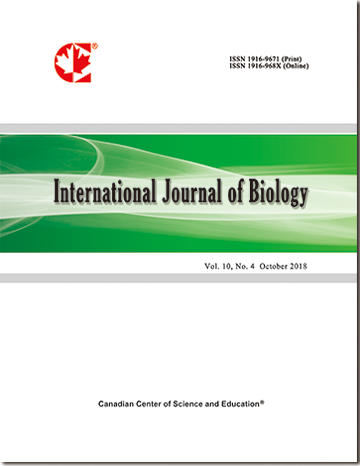Hens Produce Artificially Enriched 13C Egg Proteins for Metabolic Tracer Studies
- Marshall McCue
- Brian Arquisola
- Erik Albach
- Erik Pollock
Abstract
Clinicians and researchers studying protein metabolism in vivo, typically use isotopically-labeled free amino acids as metabolic tracers rather than isotopically-labeled proteins because such proteins are commercially unavailable. However, the use of free amino acids in lieu of protein tracers violates the critical assumption that tracer molecules undergo the identical biochemical reactions as the tracee molecules of interest. To address this problem we synthesized 13C-labeled proteins using egg laying hens and investigated the relationship between tracer dose and method of delivery on 13C-protein production. We enriched hens with one of two isotope tracers (13C-1-leucine or a uniformly labeled 13C-amino acid mixture) mixed in their food or dissolved in their drinking water at different dosing levels (86-432 mg day-1). The recovery of 13C in egg white proteins of the hen fed 13C-leucine ranged from 14% to 21%; recovery rates were highest at the lowest dosing level. At the highest dosing level egg whites were enriched more than 150‰ above background levels of 13C. The time required for half maximal 13C enrichment depended chiefly on the mode of tracer administration, and ranged from 2.5 days for 13C-leucine dissolved in water to 4.9 days for 13C-leucine mixed in food. Relative rates of 13C recovery in the egg protein were lowest for hens fed the uniformly 13C labeled amino acid mixture, presumably because of the high proportion of nonessential amino acids. The time required for the 13C-enrichment in eggs to return to background levels at the end of the enrichment period was about twice that required to initially reach isotopic equilibrium with the diet, indicating significant biochemical discrimination of endogenous 13C amino acids. We conclude that delivering small amounts of 13C amino acid tracers in the drinking water of hens is the most effective way to produce 13C-enriched proteins to for tracer studies that do not require delt 13C-enrichment above 200‰.  PDF
PDF
